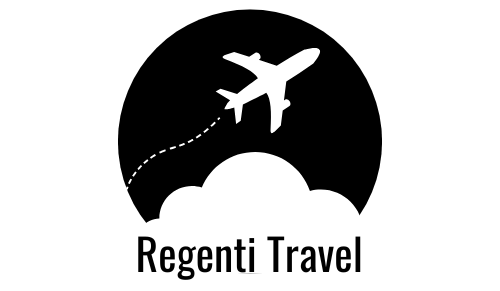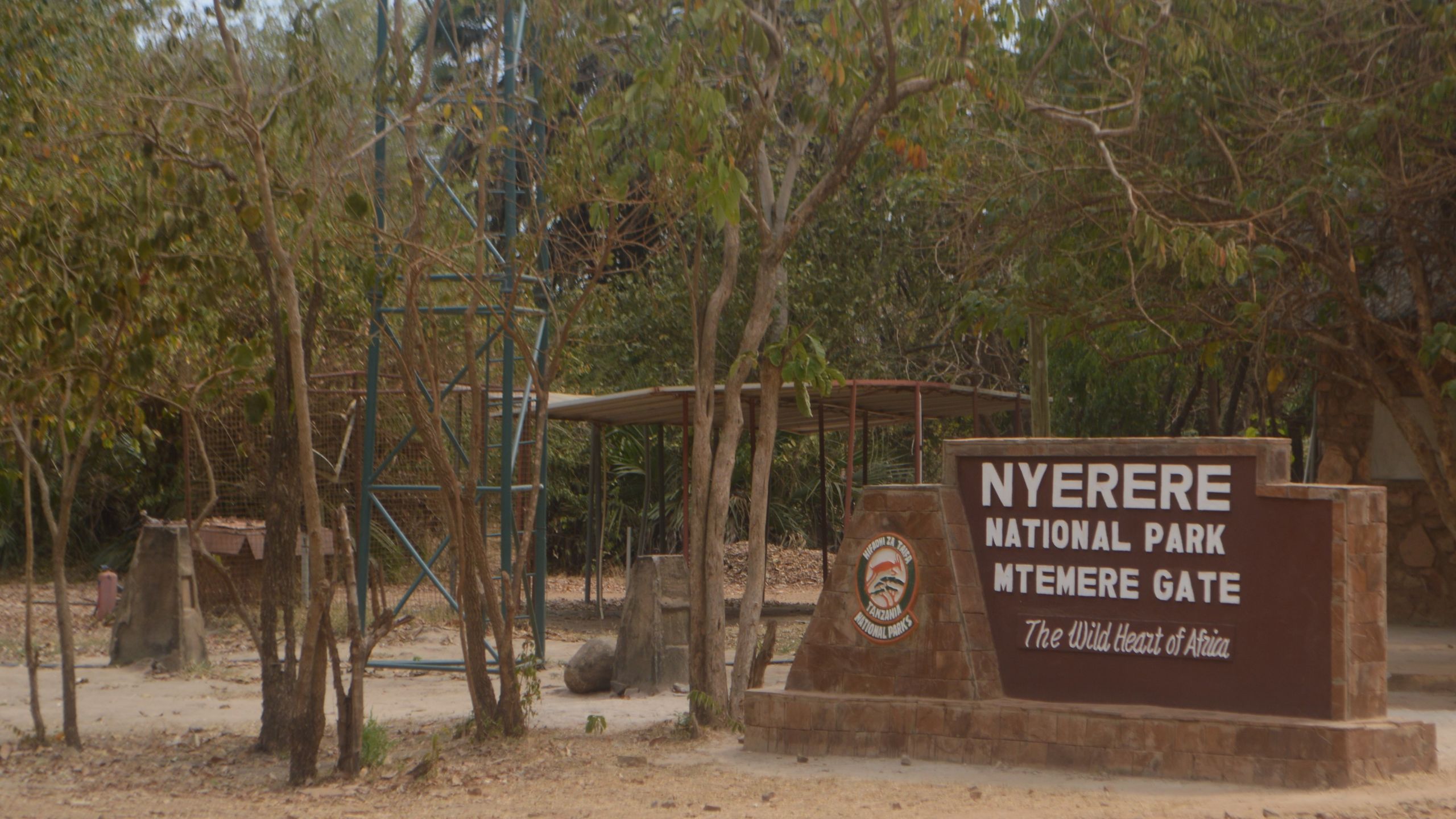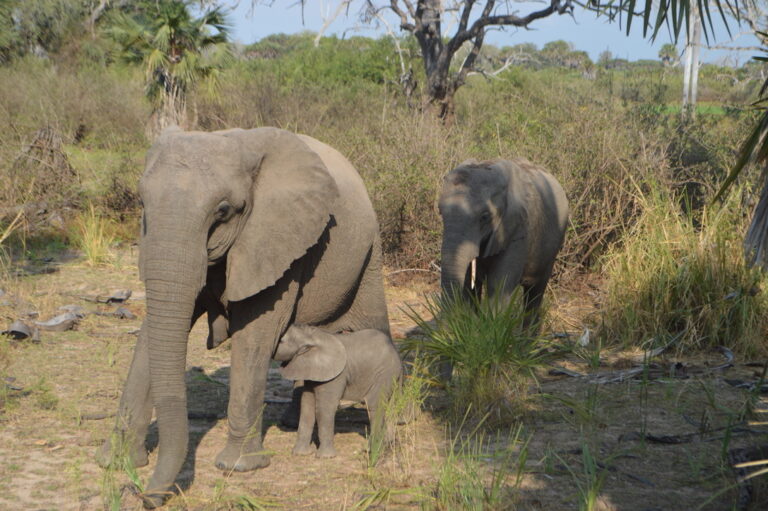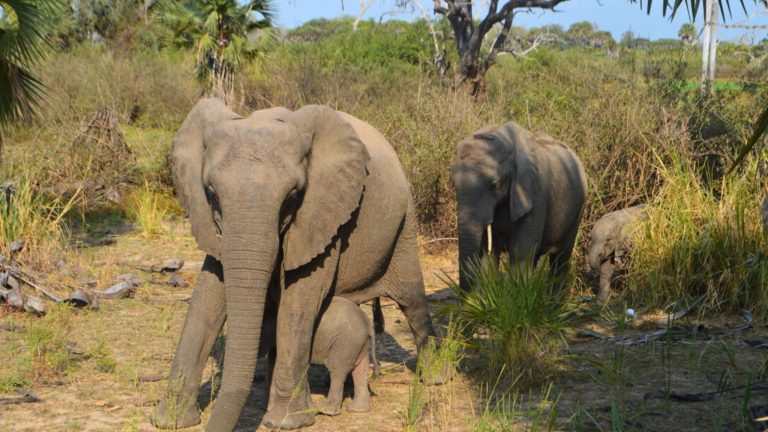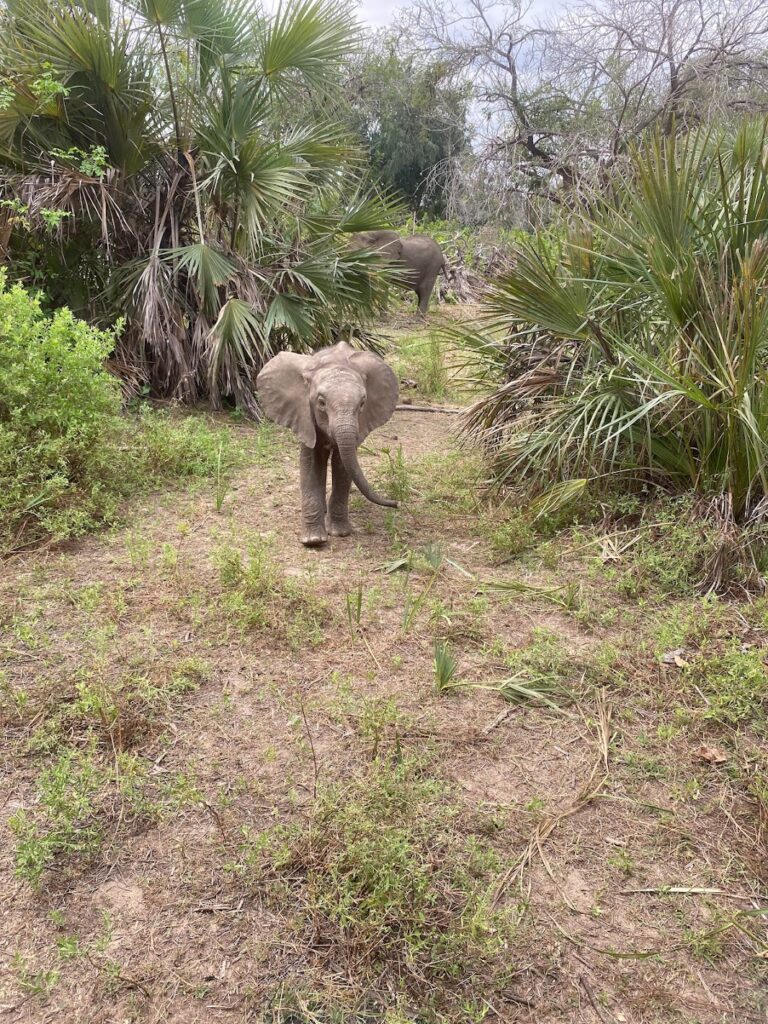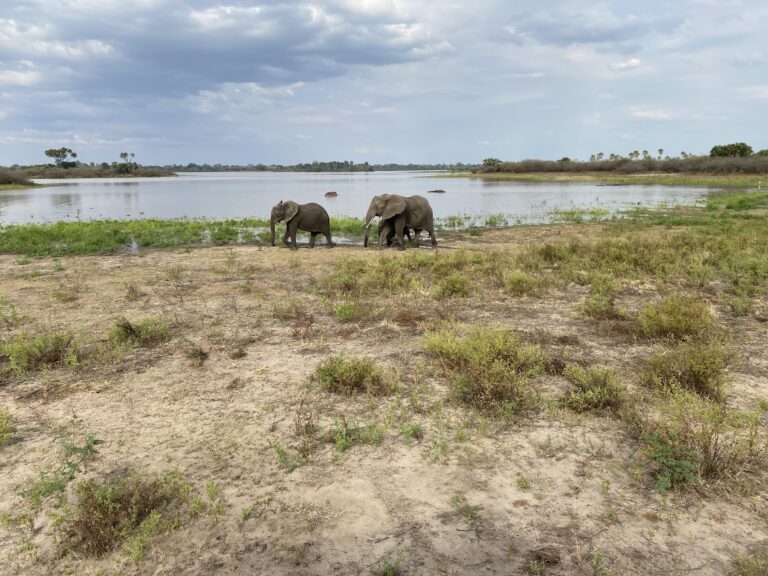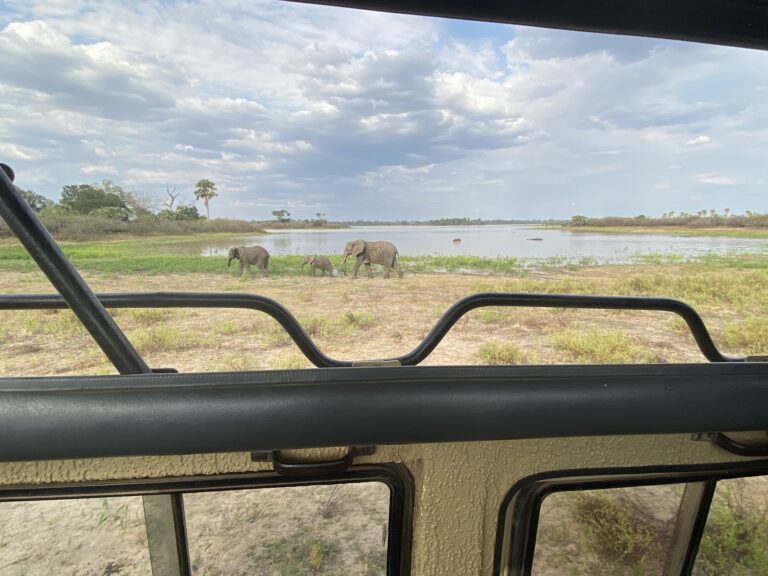Which is Better: Serengeti or Selous?
When planning a safari in Tanzania, two standout destinations often steal the spotlight: Serengeti National Park and the Selous Game Reserve (now part of Nyerere National Park). While both offer exceptional wildlife experiences, they cater to different types of travelers and expectations. In this comprehensive guide, we’ll explore the similarities and differences to help you decide which destination is the perfect fit for your dream safari.
Overview of Serengeti National Park
The Serengeti is synonymous with the word “safari,” offering the quintessential African wildlife experience. Its vast plains, stretching endlessly toward the horizon, are home to the Great Migration, one of nature’s most spectacular events. Beyond the migration, the Serengeti boasts a thriving ecosystem, making it a year-round hotspot for wildlife enthusiasts.
Key Features of the Serengeti
- Size & Location: Covering 14,763 square kilometers in northern Tanzania, the Serengeti is part of a larger ecosystem that extends into Kenya’s Masai Mara.
- Wildlife Highlights:
- Witness over 1.5 million wildebeests, 200,000 zebras, and countless gazelles during the migration.
- Excellent opportunities to spot predators like lions, cheetahs, and leopards hunting on the open plains.
- Home to all members of the Big Five: lion, leopard, elephant, rhinoceros, and buffalo.
- Activities: Hot air balloon safaris, full-day game drives, and cultural visits to Maasai villages.
- Best Time to Visit:
- June to October: The dry season offers excellent game viewing and is the peak migration period.
- December to March: Calving season, when thousands of young wildebeests are born, attracts predators in large numbers.
Detailed Comparison: Serengeti vs. Selous
| Category | Serengeti | Selous |
|---|---|---|
| Accessibility | Easily accessible by flights and roads from Arusha; part of most northern circuit itineraries. | Requires flights or longer drives from Dar es Salaam; ideal for southern circuit explorers. |
| Crowds | Can be crowded during peak migration season; popular with group tours. | Far less crowded; offers a more exclusive and tranquil experience. |
| Wildlife | Known for the Great Migration and Big Five sightings; high predator density. | Wildlife is diverse, with unique species like wild dogs and water-focused ecosystems. |
| Activities | Primarily game drives; hot air balloon safaris are a highlight. | Offers game drives, boat safaris, and walking safaris for a unique perspective. |
| Landscapes | Endless grassy plains with acacia trees; iconic African scenery. | Varied landscapes, including rivers, forests, and lakes; a mix of open and dense terrain. |
| Accommodation | Wide range of options, from luxury lodges to budget campsites. | Fewer accommodations; mostly mid-range to high-end lodges and tented camps. |
| Cost | Often more expensive due to demand and fame. | Generally more affordable, especially for private and exclusive safaris. |
In-Depth Analysis of Key Differences
1. Wildlife Experiences
The Serengeti is perfect for those seeking iconic wildlife moments like the Great Migration or the thrill of spotting a lion stalking its prey. The park’s vast open plains make wildlife easy to spot, and its density of predators ensures unforgettable game drives.
Selous, on the other hand, offers a more intimate wildlife experience. While you may not see the sheer numbers of animals as in Serengeti, the variety of habitats allows for unique sightings, such as hippos lounging in the Rufiji River or African wild dogs roaming the bush. The lack of crowds means you’ll often have sightings all to yourself.
2. Activities Beyond Game Drives
In the Serengeti, the main focus is on game drives, though activities like hot air balloon safaris add an unforgettable touch.
Selous excels in variety. Its boat safaris allow you to observe crocodiles, hippos, and birds from a completely different angle, while walking safaris bring you up close to the wilderness. These activities provide a deeper connection to the landscape and wildlife.
3. Atmosphere and Crowds
The Serengeti, being one of Africa’s most famous parks, attracts a large number of visitors. During peak seasons, popular areas can feel busy, and sightings may be shared with multiple vehicles.
Selous, in contrast, is a haven for those seeking solitude. The reserve’s vast size and low visitor numbers mean you’ll rarely encounter other vehicles, even at popular wildlife spots.
Which Destination Suits Your Style?
Choose Serengeti If You:
- Are a first-time safari-goer looking for a classic African safari experience.
- Want to witness the Great Migration or spot the Big Five.
- Prefer a wider range of accommodations and established tourism infrastructure.
Choose Selous If You:
- Crave solitude and an off-the-beaten-path experience.
- Are interested in varied activities like walking safaris and boat safaris.
- Want a more affordable yet exclusive safari.
Can’t Decide? Combine the Best of Both Worlds!
For travelers with the time and budget, combining Serengeti and Selous offers an unparalleled safari experience. Start with Serengeti for its iconic plains and wildlife spectacles, then head to Selous for a more tranquil, intimate encounter with nature.
Conclusion: Two Unique Gems in Tanzania
Both Serengeti and Selous have their own magic, and choosing between them ultimately depends on your safari goals. Serengeti offers legendary wildlife and landscapes, while Selous provides a raw, untamed adventure. Whichever you choose, a safari in Tanzania promises memories that will last a lifetime.
